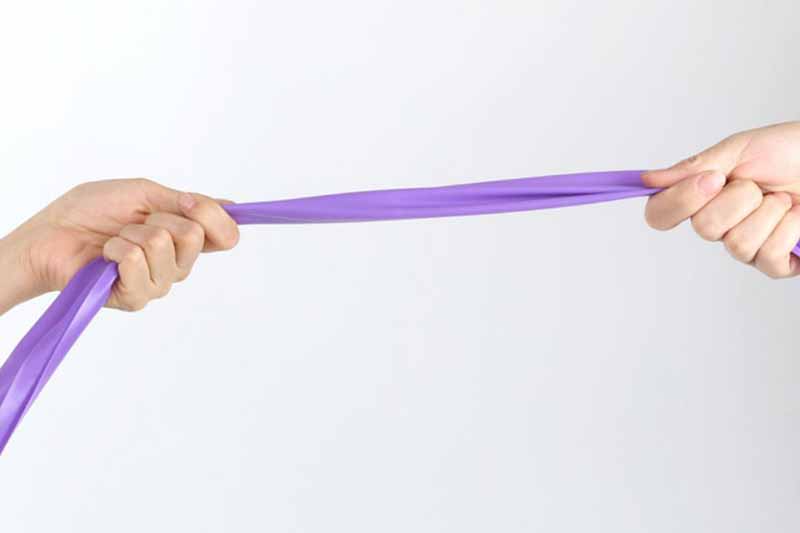
Resistance bands, also known as exercise bands or therapy bands, are elastic bands that provide variable resistance during exercises. They are a popular tool for muscle training and conditioning.
Versatile and portable, the resistance bands are the useful tool for personal trainning to build you body. It is fit for a variety of physiotherapy exercises. Let's see how it works.
First choose the right band with the appropriate strength level so that you can manage to benefit from the trainning.
There are several sthrength levels to choose from:
strength levels variation:
Thickness 0.25mm: 3-8lbs
Thickness 0.35mm: 10-15lbs
Thickness 0.45mm: 15-20lbs
Thickness 0.55mm: 20-25lbs
Before using resistance bands, it's important to warm up your muscles to prevent injury. You can do some light cardio or dynamic stretching to get your blood flowing.
Begin with simple exercises that target the muscle groups you want to work on. For example, you can use a resistance band to do bicep curls, shoulder presses, or leg extensions.
It's important to maintain proper form when using resistance bands. Keep your movements slow and controlled, and avoid jerking or bouncing.
As you get stronger, you can gradually increase the resistance of the band to continue challenging your muscles.
After using resistance bands, it's important to stretch your muscles to prevent soreness and improve flexibility.
Stop training and always consult with a professional physician if you occur severe muscle pain.
To effectively train muscles with resistance bands, it's important to use proper form, gradually increase the resistance, and incorporate a variety of exercises that target different muscle groups. Consulting with a fitness professional can also help ensure you are using the bands effectively and safely for your fitness goals.
Copyright © 2024-2030 physiotaping.